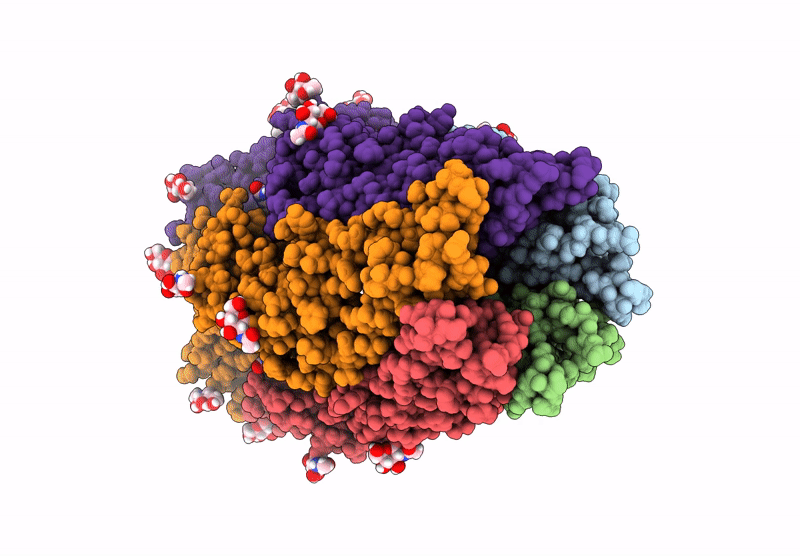
Deposition Date
2024-10-29
Release Date
2025-07-09
Last Version Date
2025-09-17
Entry Detail
Biological Source:
Source Organism:
Octopus bimaculoides (Taxon ID: 37653)
Host Organism:
Method Details:
Experimental Method:
Resolution:
3.28 Å
Aggregation State:
PARTICLE
Reconstruction Method:
SINGLE PARTICLE


